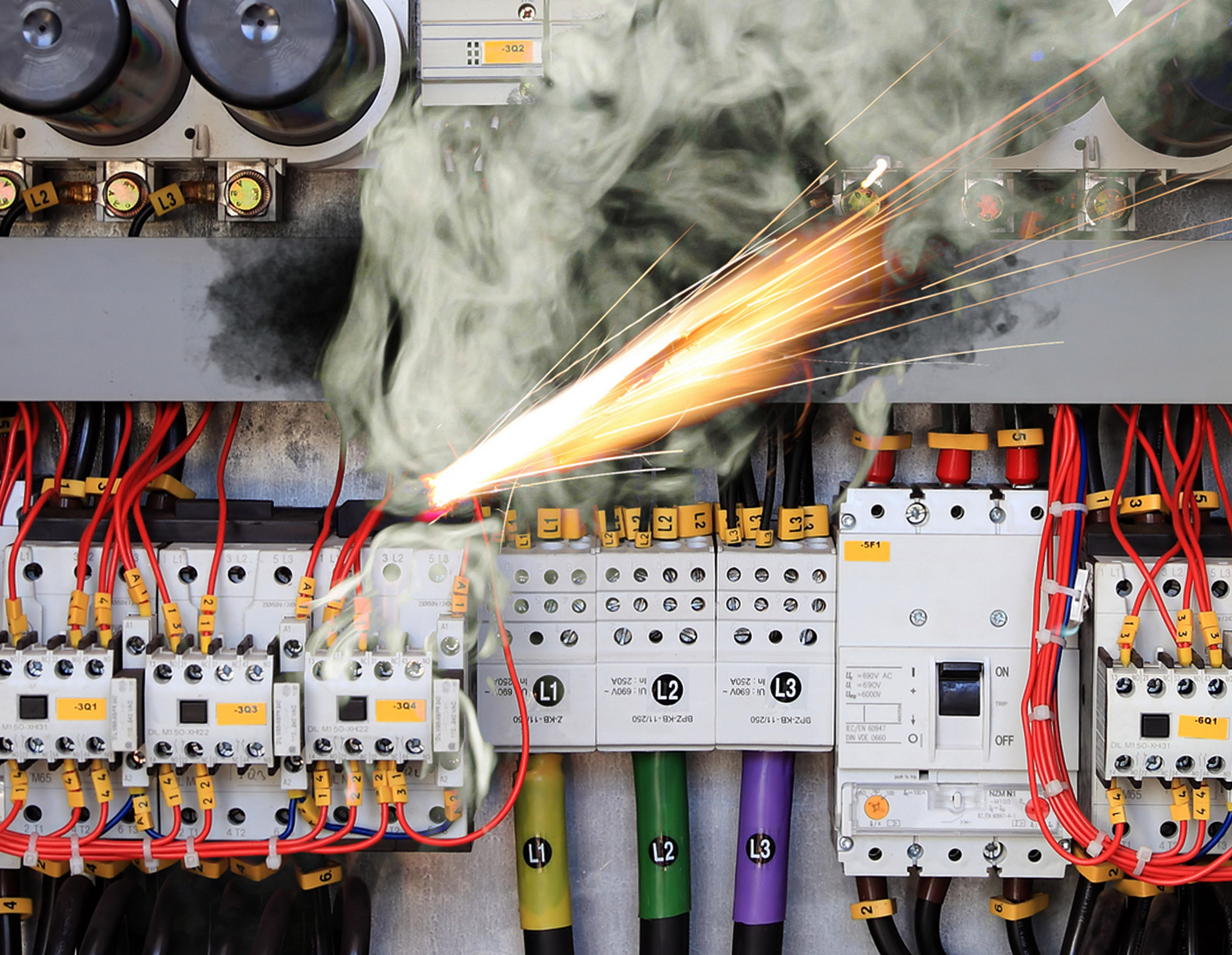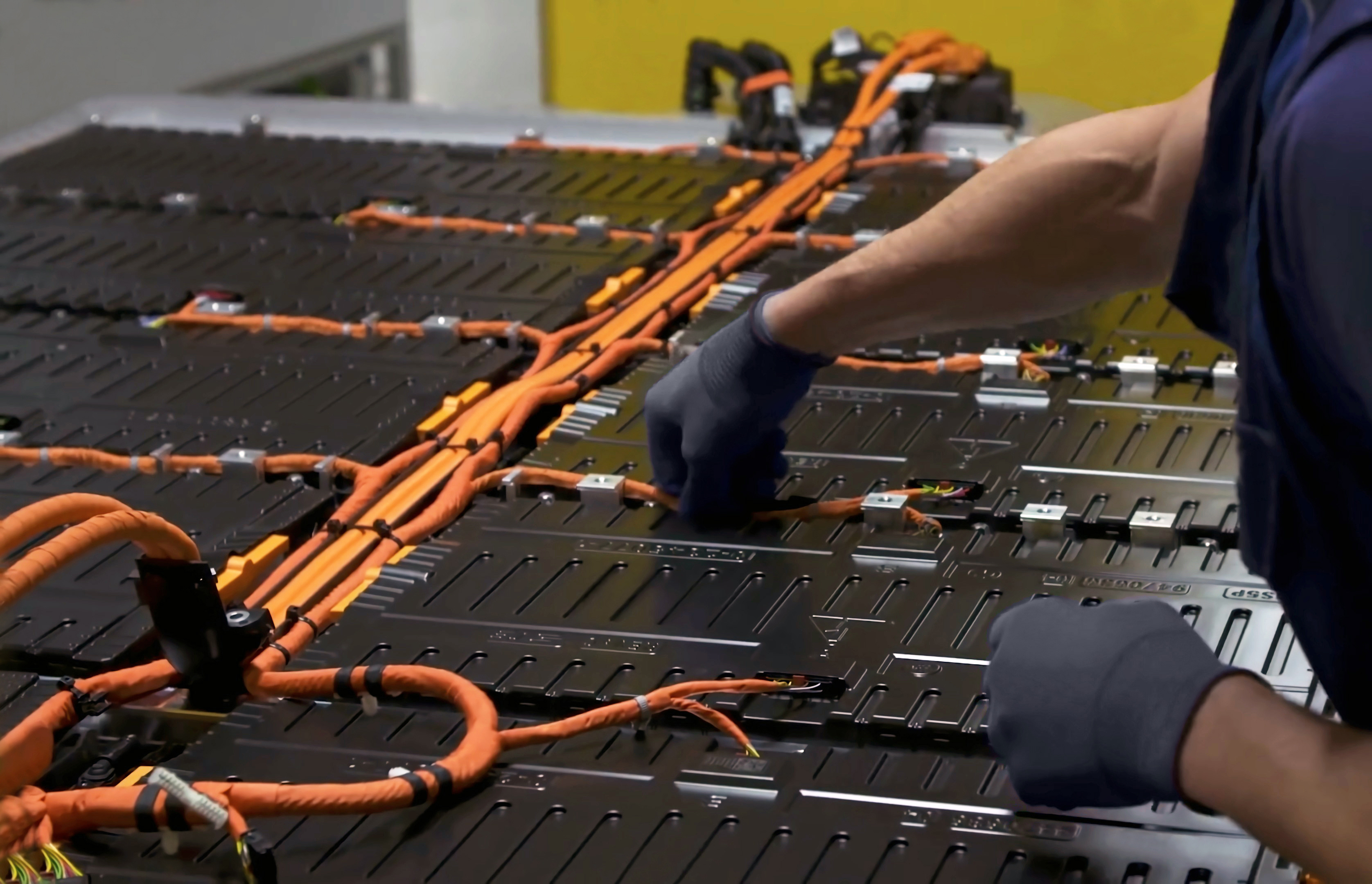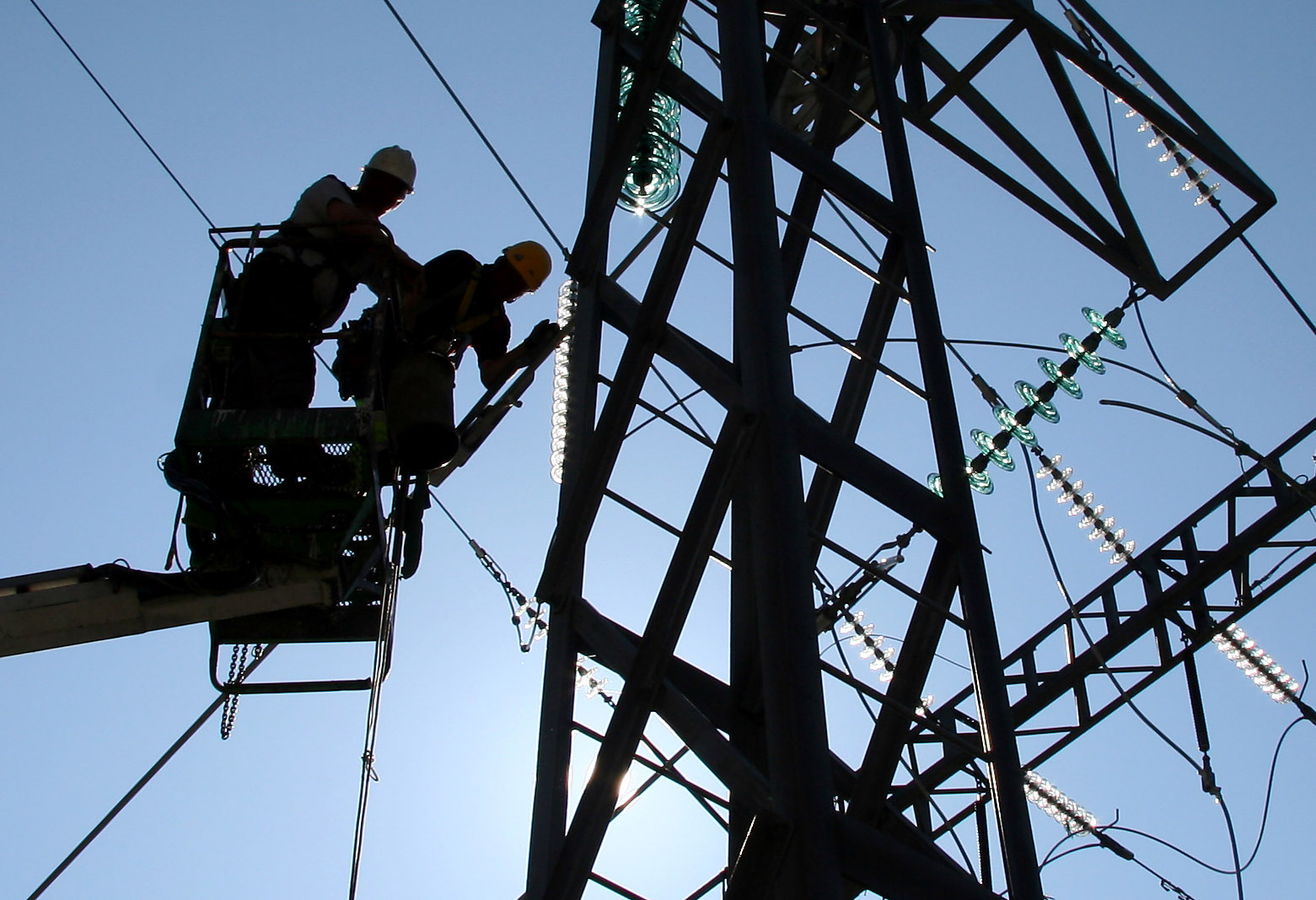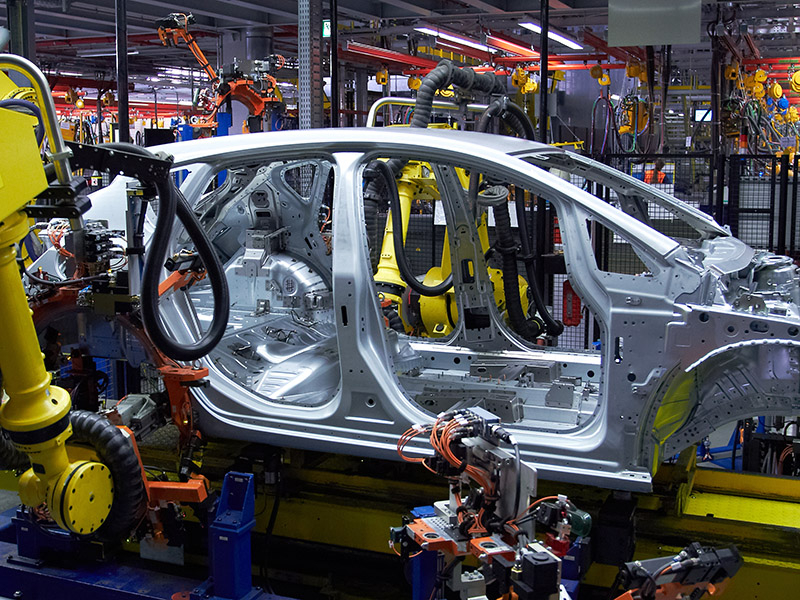What threat does electricity pose?
Every year, 1000 accidents involving burns or electric shock are reported to the HSE. Approximately 30 of these accidents will be fatal, most of these arising from contact with underground or overhead cables.Electricity is a crucial component in many industries today and will only increase through the advancement of technology and transformative shifts towards sustainable transportation with battery technology playing a pivotal role in driving the change. Working with batteries can be incredibly dangerous particularly if they are damaged as they can short circuit, catch fire and even explode.
Electricity poses a serious threat to life if exposed to current flow and live voltages resulting in severe injuries and or death.Here are some of the examples of what injuries can occur when working with electricity:
- Electrical shocks and burns from contact between a person and live parts of electrical current can also lead to additional injuries depending on the impact such as falling when working or being on scaffolds
- Injuries can occur from exposure to arcing which is when electricity jumps from one circuit to another
- Faulty electrical equipment or installations can cause fires
- Static electricity can ignite from chemicals or flammable vapours such as dust or chemical hazards from spray bottles
- Unsuitable electrical apparatus can cause explosions
Even incorrectly wiring a plug can be dangerous and lead to fatal accidents or fires.

Electrical Injuries
Electrical injuries can result from a wide range of voltages, with the highest risk occurring at higher voltages. However, the extent of risk depends entirely on individual circumstances.
Alternating current (AC) and Direct Current (DC) electrical supplies can cause a range of injuries including electrical shock.
Voltages as low as 50 volts, when applied between a part of the apparatus and the human body, can cause a current to flow. This can block electrical signals between the brain and muscles, leading to various effects such as muscle spasms, difficulty breathing, and irregular heartbeats.
The exact impact depends on a range of factors, including the voltage level, the body parts involved, the person’s level of moisture, and the duration of the current flow.
Electrical Burns
Electrical current can pass through the human body and heat the tissue which can result in deep burns often requiring operations to correct or could be permanently disabling. Burns are mostly common with higher voltages but can sometimes occur from domestic electricity supplies if the current flows are more than a few fractions of a second.
Thermal Burns
Workers can receive thermal burns if they get too near hot surfaces or near to electrical explosions. If equipment is overloaded, faulty, incorrectly maintained, or shorted electrical equipment can get extremely hot which is above the normal operation, (such as car vehicles) they may explode if shorted out.
Protective Measures
It is crucial for all industries working with electrical hazards to conduct thorough risk assessments. Each industry faces unique risks, and it is essential to consider the type of electrical equipment used, its usage, and the working environment. By carefully evaluating these factors, the correct personal protective equipment (PPE) can be selected.
Utilising PPE such as rubber insulating gloves, safety glasses, and arc rated workwear where appropriate, is imperative in minimising the risk of electrical hazards and safeguarding workers and operators.
Industry Applications Which Work with Electrical Hazards
Various industries work with electrical equipment that ranges in voltage types and thus have specific PPE requirements for the tasks they are carrying out.
EV Manufacturing and Maintenance
EV manufacturing and maintenance including high voltage cabling and components which can deliver a potentially fatal electric shock and in the worst cases electrical energy that could cause explosions which would not only injure workers but could cause irreparable damage to equipment onsite. According to the Health and Safety Executive,
“Voltages present in E&HVs are significantly higher (currently up to 650 Volts direct current (dc)) than those used in other vehicles (12/24 Volts dc). In dry conditions, accidental contact with parts that are life at voltages above 110 Volts dc can be fatal. For E&HVs dc voltages between 60 and 1500 Volts are referred to as ‘high voltage”: https://www.hse.gov.uk/mvr/topics/electric-hybrid.htm

Telecommunications
Within the Telecommunications industry, there are various hazards to which the professionals are exposed too which are higher in risk which include working from height, exposed to extreme weather and working with electricity and live wires. In 2017, the Occupational Safety and Health Administration (OSHA) released guidelines covering safety for workers faced by telecom and electric utility workers, before then between 2011 and 2015, electrocutions accounted for half of the fatalities of those repairing or installing power lines, the second hazard was those falling from elevated heights.

Automotive
Electrical hazards are common in automotive manufacturing facilities, especially when working with electrical equipment, wiring machinery, and electrical tools. The increasing technological complexity of EV manufacturing could potentially expose workers to new hazards not previously considered.

Utilities
The Utilities sector can provide unique environments where high levels of protection are required, but with the greatest amount of dexterity and sensitivity to carry out sometimes delicate handling operations, be it handling blades, cables or pulling lines.
Unstable structures and confined spaces can also mean it is hard to exit if any issues were to arise.

PPE for Electrical Hazards
Tilsatec can offer a range of Electrical Insulated Gloves to help protect workers in some of the above industries. The Pulse range provides protection from low voltage (500v AC) up to Class 4 (36,000v AC).
In conclusion, working with electricity is essential in many industries, but it comes with significant risks. Understanding the types of electrical hazards is vital to minimise the risk of injuries, property damage, and even fatalities. By taking a proactive approach to electrical safety, organisations can create a safe working environment for their employees.






